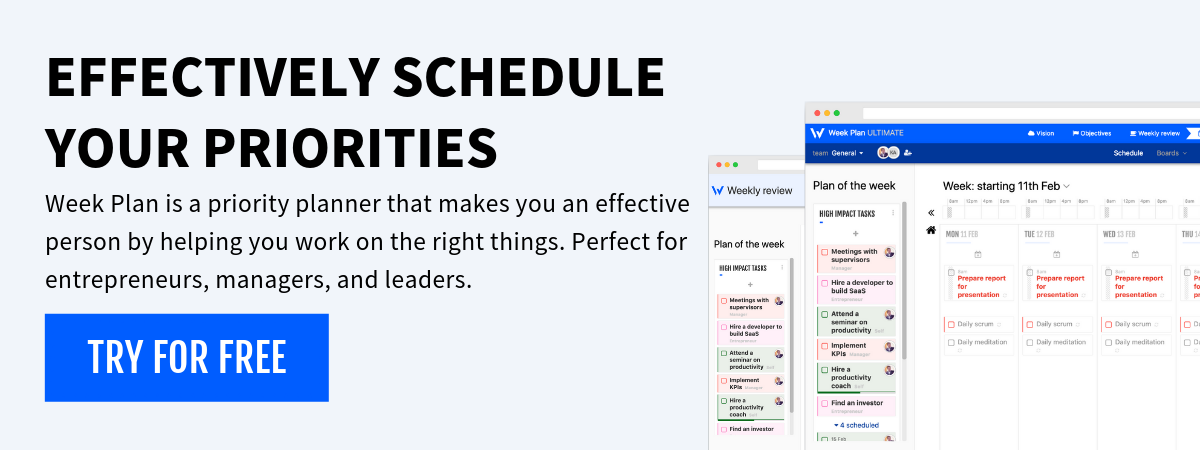Outcome Mapping is a planning, monitoring, and evaluation methodology designed to assess the changes in behavior and relationships that result from developmental interventions. Unlike traditional impact measurement tools that often focus solely on quantifiable outcomes, Outcome Mapping emphasizes the journey towards achieving these outcomes, including the contributions of various stakeholders and the processes that facilitate change. This methodology is particularly valuable in complex environments where changes are non-linear and multifaceted. By understanding and implementing Outcome Mapping, organizations can better manage their projects and ensure that their efforts are aligned with the desired changes in their target groups or systems.
Understanding Outcome Mapping
Outcome Mapping was developed by the International Development Research Centre (IDRC) and is used by organizations to focus on how projects and programs bring about change through behavioral and relational alterations. This approach helps teams to think strategically about influencing change and to be accountable for their contributions to intended outcomes, rather than solely the outcomes themselves.
Core Principles of Outcome Mapping
1. People-centered
Focuses on people and organizations as the primary agents of change.
2. Behavioral focus
Concentrates on changes in behavior, actions, and relationships.
3. Learning-oriented
Encourages continuous learning and adaptation based on findings.
The Outcome Mapping Process
The process of Outcome Mapping can be divided into three main stages:
1. Intentional Design
Defines the change that the program aims to support and identifies the key stakeholders (boundary partners) involved.
2. Outcome and Performance Monitoring
Establishes indicators to track changes over time and assesses strategies’ effectiveness.
3. Evaluation Planning
Focuses on learning from the project’s implementation to inform future actions.
Applications of Outcome Mapping
Outcome Mapping is applicable in various sectors, particularly in development, where programs seek to influence policy, cultural norms, or community practices. For example, an NGO might use Outcome Mapping to measure its effectiveness in promoting environmental conservation behaviors among local communities.
Examples of Outcome Mapping
- A health initiative evaluating its influence on the hygiene practices of a community.
- An education program assessing its impact on teaching methods in regional schools.
Benefits of Outcome Mapping
1. Enhanced Understanding of Influence
Provides insights into how and why changes occur, rather than just if they occurred.
2. Improved Program Relevance and Effectiveness
By focusing on relationships and behaviors, programs can adjust strategies to better meet the needs of the community and stakeholders.
3. Strengthened Accountability
Encourages organizations to identify their contributions to complex change processes, enhancing transparency and accountability.
Challenges and Considerations
Implementing Outcome Mapping requires a shift from conventional results-based thinking to a more process-oriented perspective, which can be challenging for organizations accustomed to traditional evaluation metrics. Additionally, the qualitative nature of the data involved may require more nuanced interpretation and validation strategies.
Conclusion
Outcome Mapping offers a unique and effective approach to planning, monitoring, and evaluating projects that aim to bring about social, behavioral, and organizational change. By focusing on the processes and behaviors that contribute to outcomes, rather than just the outcomes themselves, organizations can better understand and influence the factors that drive change. This methodology not only enhances the effectiveness of interventions but also promotes a deeper engagement with stakeholders, ultimately leading to more sustainable and meaningful impacts.
For further resources on effective planning and productivity enhancement, consider exploring tools like a goal planner, task planner, time planner, and productivity planner to integrate outcome mapping principles into daily activities and long-term strategies.

More Posts
Best Plans for Teachers- Monthly Teaching Strategies
Effective classroom management often involves the best plans for teachers, especially in middle school, where structure and clarity help students stay focused. For many educators, monthly planning for teachers can be a burdensome task filled...
11 Monthly Planning Tips to Prepare for Holidays
Christmas is getting closer, and preparing well is key. With only 12 weeks left, using smart monthly planning tips is essential. It makes getting ready for the holidays easier and less stressful. There...
8 Bad Financial Habits that You Should Break
Good financial habits are like daily routines that keep you healthy. Just like brushing your teeth or sleeping well. But, many Americans find it hard to manage their money well. Only 43% could...
10 Best Task Management Software for Small Teams
In today’s fast-paced world, small teams simultaneously juggle multiple tasks and projects. With deadlines hanging over your head and team members spread out across different roles, it becomes essential to use task management...